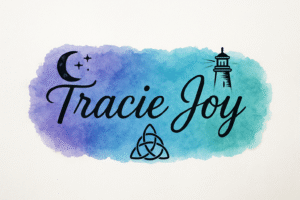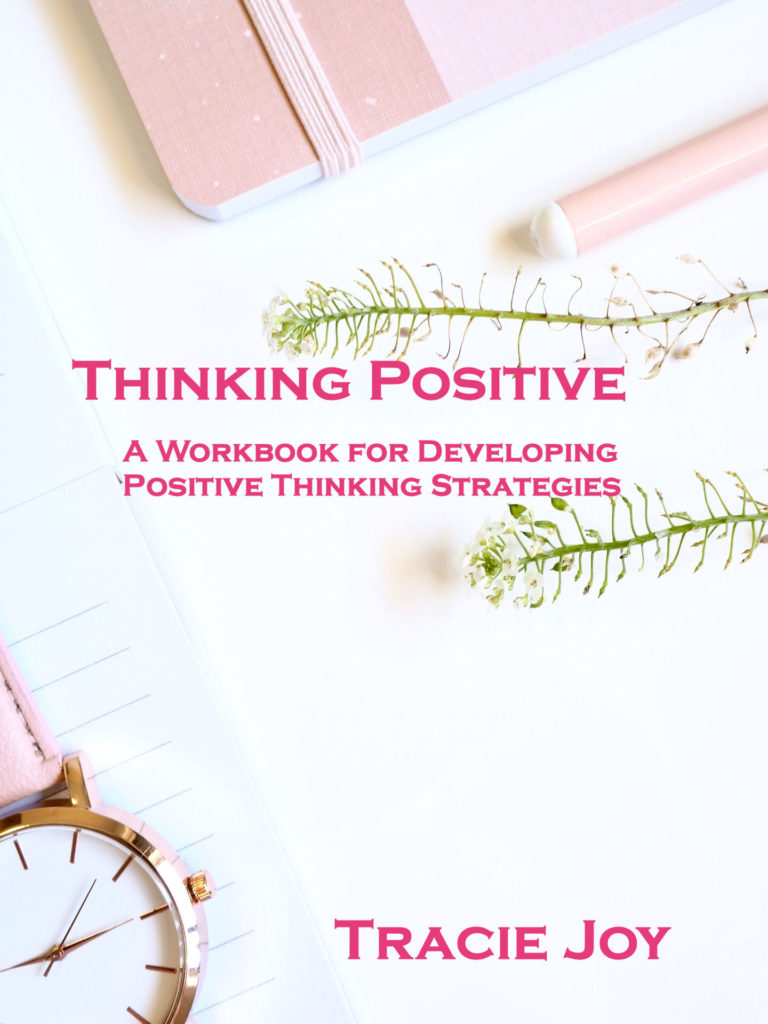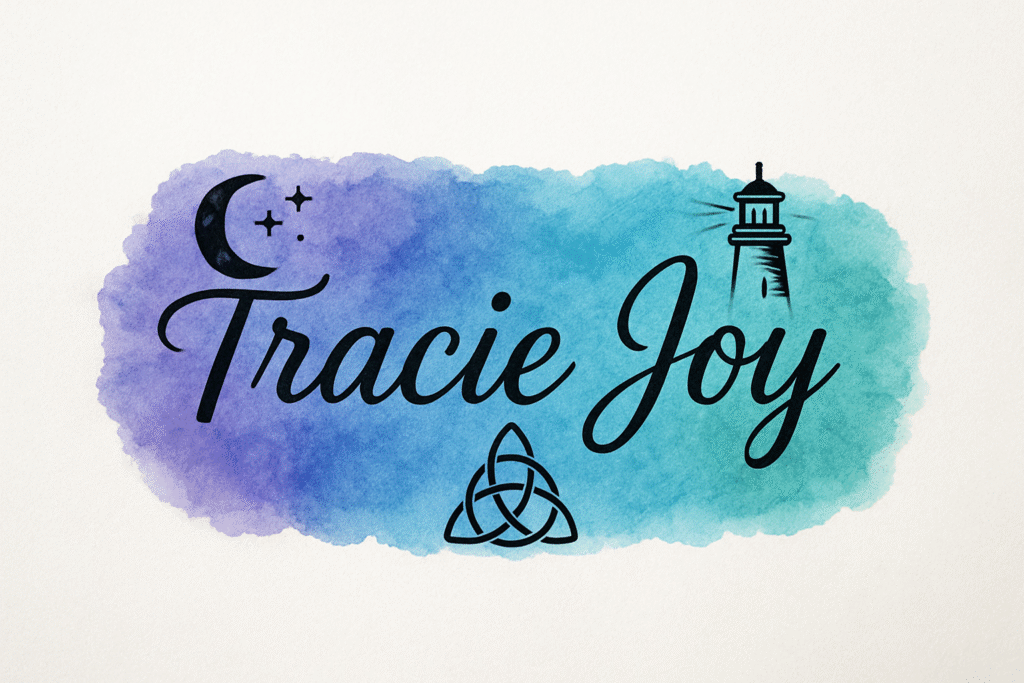How to Juggle Multiple Writing Projects Without Losing Your Mind
Writers are notorious for having more ideas than time, more open documents than coffee cups, and at least one half-finished manuscript glaring at them from a desktop folder labeled “someday.” If you’ve ever tried writing multiple  projects at once, you know it’s both exhilarating and slightly deranged, like trying to herd caffeinated cats with Post-It notes. Well not cats, for me, and when I was a fandom writer, we called them plot bunnies. I used to have millions of little plot bunnies gamboling around in my head. Back then, I had no issue working on multiple writing projects, now, not so much, but I still have all the plot bunnies!
projects at once, you know it’s both exhilarating and slightly deranged, like trying to herd caffeinated cats with Post-It notes. Well not cats, for me, and when I was a fandom writer, we called them plot bunnies. I used to have millions of little plot bunnies gamboling around in my head. Back then, I had no issue working on multiple writing projects, now, not so much, but I still have all the plot bunnies!
The other night, I was working on Consanguinity, and out of nowhere, and I do mean nowhere, the craziest idea popped into my head. I don’t know where in the heck it came from, it had nothing to do with anything I had been writing about, but now it’s there, and honestly, I think it’s going to make an amazing book, and now, here I am, trying to manage multiple writing projects.
Embrace the Chaos (But Organize It)
First, let’s accept the truth: creativity doesn’t clock in and out neatly. When you’re working on multiple writing projects, inspiration tends to pop up like popcorn. You’re knee-deep in revising a young adult novel, and suddenly your brain  whispers, “Hey, what if you wrote a story about that?” Instead of fighting it, capture it. Use a simple system to corral your chaos, a notebook, a digital document, or even a voice memo on your phone. The key isn’t to suppress your ideas, it’s to park them safely until you can return to them. But whatever you do, capture that idea immediately. I promise if you wait and say “Oh I’ll remember,” you won’t remember. Learn from my mistakes.
whispers, “Hey, what if you wrote a story about that?” Instead of fighting it, capture it. Use a simple system to corral your chaos, a notebook, a digital document, or even a voice memo on your phone. The key isn’t to suppress your ideas, it’s to park them safely until you can return to them. But whatever you do, capture that idea immediately. I promise if you wait and say “Oh I’ll remember,” you won’t remember. Learn from my mistakes.
Give Each Project Its Own Personality
Think of each story as a person. They all need attention, but not all at the same time. Some are loud and demanding; others sit quietly until you’re ready. Schedule “quality time” with each project. For example, Mondays might be for fiction, Wednesdays for blog content, and weekends for revising or brainstorming. Giving each project a dedicated slot helps your brain switch gears without crashing the creative engine. When you manage multiple writing projects, it’s not a matter of trying to write all the things all at once. It’s just like life, you do what is most important or the most urgent at that time.
Use Momentum to Your Advantage
Momentum is gold. If you’re in a groove with one story, ride that wave until it naturally ebbs. Don’t feel guilty for focusing on the one that’s flowing. Forcing yourself to jump projects too soon can kill your rhythm. The beauty of writing multiple projects is that when one stalls, another might spark. Rotate your focus based on energy, not guilt. Think about it like this. Everybody has a few favorite meals that they cook frequently. There are times when you can make a huge lasagna and eat it for lunches or dinners for the week. Sometimes you can be all lasagna all the time, other times you think, “No, I think I want a grilled chicken salad for dinner,” so you put the lasagna in the freezer. You can rotate your favorites or you can binge. You can rotate your writing, or you can binge. And just think that kind of binging is calorie free.
Track Progress, Not Perfection
When juggling multiple writing projects, it’s easy to feel like you’re making no real progress on any of them. Spoiler: you are. Tiny wins matter. A paragraph here, a character tweak there, it all adds up. Consider keeping a progress tracker (spreadsheet lovers, rejoice!) or a visible board that shows what you’ve touched each week. Seeing movement across multiple fronts can keep you motivated. Remember, writing is not a race, it’s more like a marathon. You want a nice steady pace.
Watch for Creative Cross-Contamination
When you write more than one story, sometimes your main character from Project A starts talking like your snarky narrator from Project B. Catch it early. If you notice your projects bleeding into each other, pause and reset your mindset. Listen to the music or read a snippet that puts you back in the right world. Each project deserves its own distinct voice, and it’s up to you to keep them separate but thriving. Though it may be kind of humorous to hear your southern belle’s voice from one story coming out of your gangster’s voice from story two.
Know When to Rest
Creative burnout loves multitaskers. Be kind to yourself. Some days you’ll write all the words, and others you’ll just think about writing while scrolling Pinterest for “writing nook inspiration.” Both count. The point of working on multiple projects isn’t to be superhuman, it’s to keep your creativity alive and flexible. Give yourself grace, coffee, and maybe a nap. Self care matters, and you know what? Taking care of you feeds your creativity. Don’t punish yourself or come down on yourself for taking time to smell the roses. Who knows, maybe the roses will then find a place in your story.
For a Little Balance, Too…
If you’re looking for more on balancing tone and emotional focus in your stories, check out my post Balancing Humor and Drama in Fiction. It’s a great companion read when you’re juggling multiple story moods.
Resources to Keep You Grounded
For another perspective on managing creative energy across projects, this article from Writers Helping Writers offers solid strategies on goal-setting and prioritizing without the burnout.
Final Thought
Writing multiple projects isn’t about mastering chaos—it’s about dancing with it. You don’t need to pick just one creative lane if you’ve got stories bursting to get out. Learn your rhythms, protect your focus, and let each story teach you something new. The magic is in the juggling act itself.



